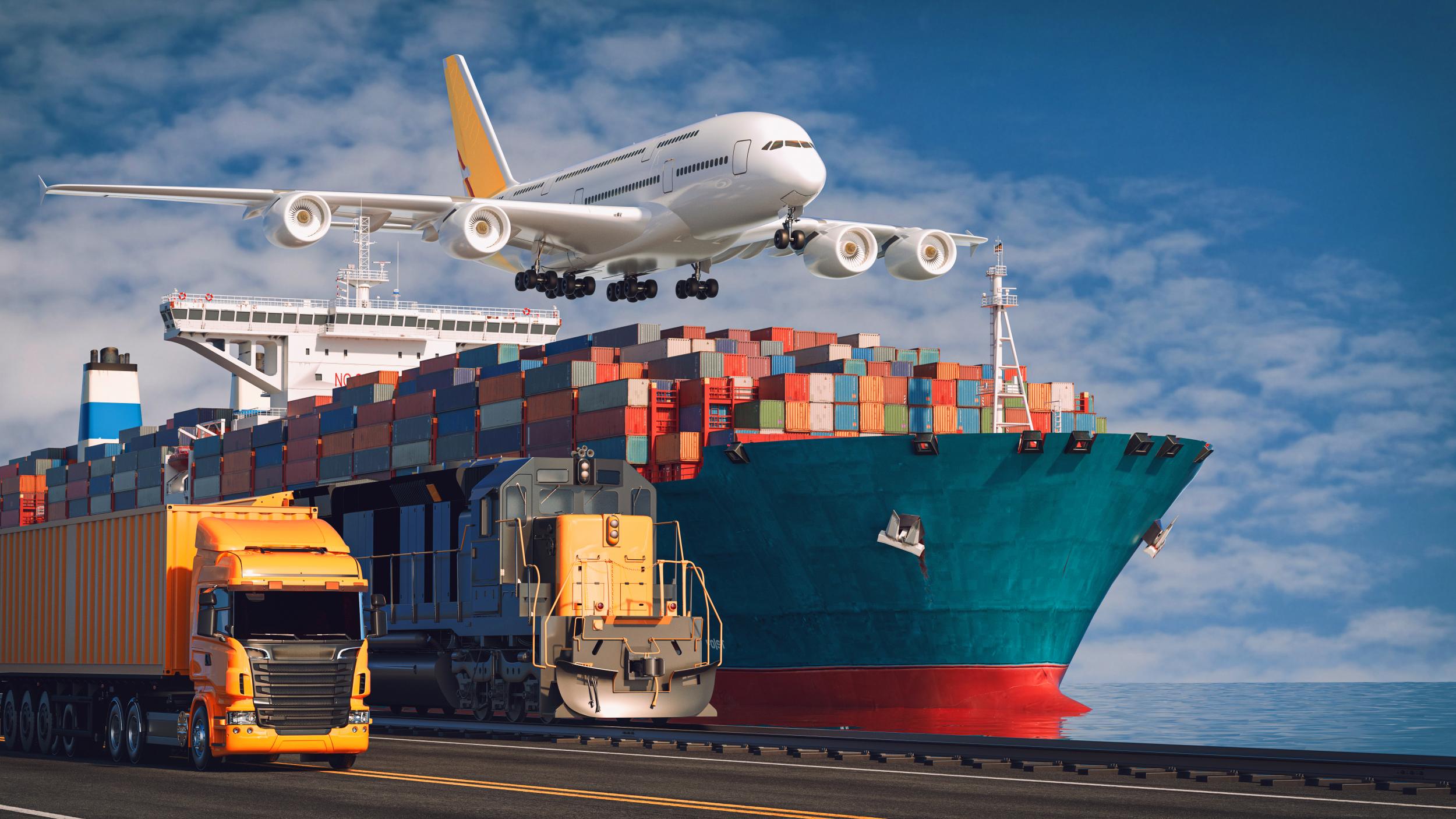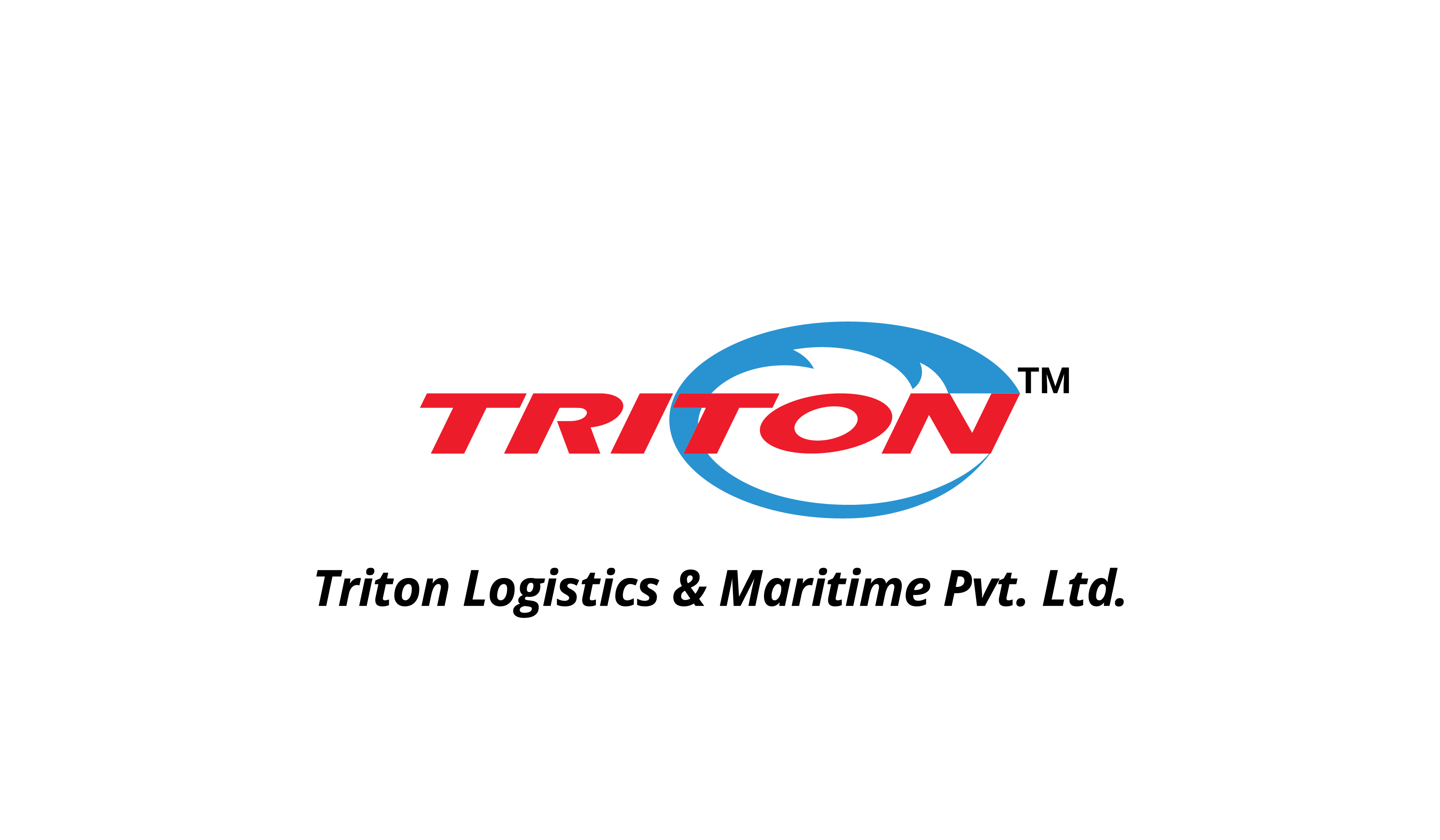Freight forwarding has become a critical service in the complex maze of international commerce where products pass through continents to satisfy consumer needs. A lot of business involves intricacies in the management of shipments whether it is documentation or adherence to customs and this is when the services of a professional intermediary are necessary. This is a guide to freight forwarding: the nature of freight forwarding, its benefits, the stages that are crucial, and the latest trends in the market in order to make informed choices about the supply chain management.
Freight Forwarding Defined
Freight forwarding is the arrangement and administration of goods transit on behalf of shippers and is a connection between exporters, importers and several carriers. This service involves route planning, transport mode arrangement, paper work, and overcoming the regulations barrier to ensure that the entire delivery process is efficient between the origin and the destination. In contrast to direct shipping, forwarders use large networks to consolidate deliveries, reduce costs and prevent risks linked to international logistics.
In effect, it facilitates the international transportation of cargo to the countries that have industries that depend on timely and compliant supply chains.

Advantages of Freight Forwarding
The benefits of hiring a freight forwarder are complex and multiple, in that all the possible logistical difficulties can be converted to smooth operations. Key benefits include:
- Knowledge in compliance and paperwork, to minimize mistakes that might slow down or incur fines in the clearing procedures.
- Streamlining costs by consolidated shipping and negotiated rates with the carriers, and usually reducing the total costs of the business.
- Improved visibility and tracking, which produces real-time updates to increase supply chain predictability and customer satisfaction.
- Risk reduction through insurance coverage and handling whereby the goods are insured against loss or damage during transit.
- Established networks provided access to the global markets without the organization having to hire internal international experts.
All these aspects contribute to the increase in efficiency so that companies can concentrate on the major activities but leave the complexities of transportation.
Important Phases of the freight forwarding process
The freight forwarding process is executed in a coordinated progression of phases which require accuracy to guarantee a successful delivery.
Typical stages encompass:
- Planning and reservation: Preliminary preparation to determine the shipment needs, carrier identification and booking space in the ship or aircraft.
- Export haulage: Moving of the goods since the shipper’s location up to the port or airport of origin usually by truck or rail.
- Export customs clearance: Organization and filing of such documents as commercial invoices and export declarations in order to receive the required approvals.
- Origin handling and transit: This is the loading of the cargo to be transported internationally including consolidation when necessary and then the actual transport phase occurs.
- Customs clearance at the port of importation: When goods are delivered, they will be handled with the management of duties, inspections, and paperwork to be released at the destination.
- Final delivery: Within the country delivery to the final destination, the end-to-end process with deconsolidation should it be required.
This objective sequence highlights how the forwarder can provide coordination among various stakeholders to achieve maximum results.
Current Data and Trends of Freight Forwarding.
Freight forwarding industry is a resilient industry that is being faced by global economic changes with the market estimated at a 207.1 billion dollars in 2024 and is expected to grow at an annual rate of 3.3 percent to 213.94 billion dollars in 2025. Nevertheless, it is projected that there may be a contraction of 1.1 percent on the total basis of air and sea in 2025 due to the asymmetrical regional forces and the sustainability challenges.
Emerging trends highlight:
- Digitalization, where real-time tracking and automation tools are used to improve operational efficiency.
- Sustainability orientation, forwarders will shift towards greener practices to address regulatory pressures and emissions.
- Geopolitics Market expansion due to globalization, but held back by geopolitical forces.
The long-term forecasts show that growth could reach 285.60 billion dollars by 2030 with a 4.9 percent compound annual growth rate of 2025 and this will highlight its long-term relevance.

Conclusion
To sum up, freight forwarding is a critical facilitator of global trade, which provides clear procedures and physical advantages that lead to logistical prosperity. With the challenges and opportunities, the industry faces in 2025, companies that adopt these services, like Triton Maritime and Logistics, will be in a position to grow and be flexible in a competitive world of the global environment.




